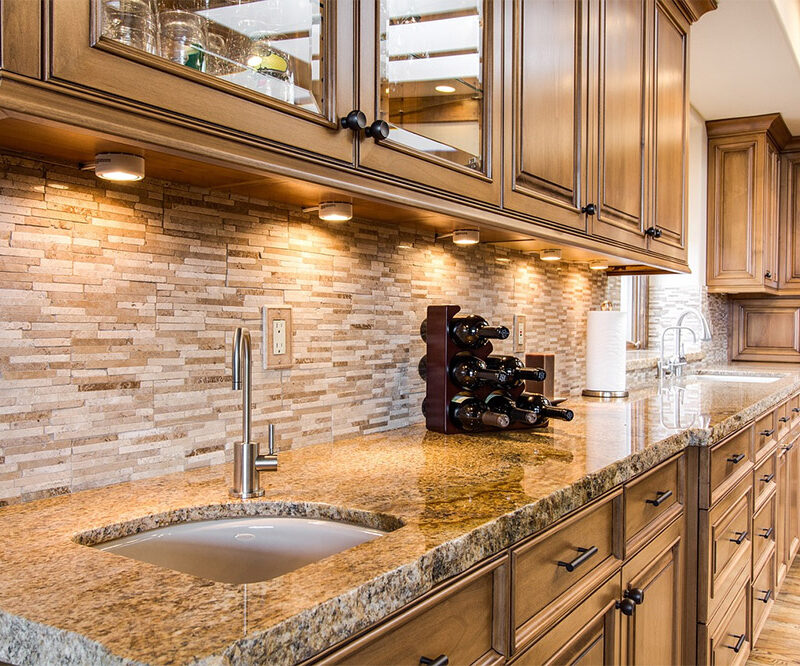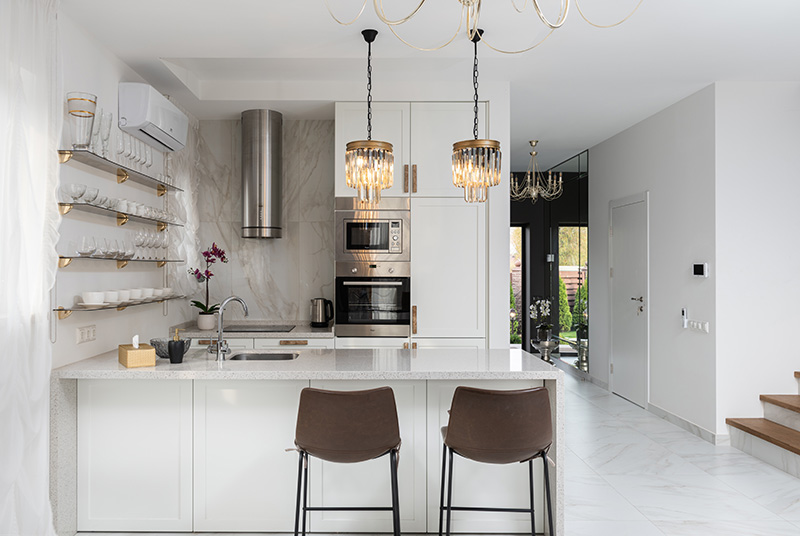
Get expert tips, design inspiration, and renovation advice from the kitchen and bath remodeling pros at KBD Colorado. Whether you're planning a full home remodel or just upgrading your countertops, our blog is packed with insights to help you make confident, stylish choices. Serving Denver, Littleton, Arvada, and beyond.





























